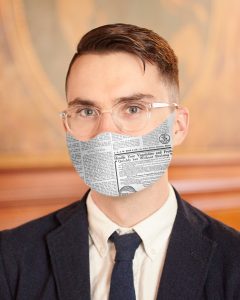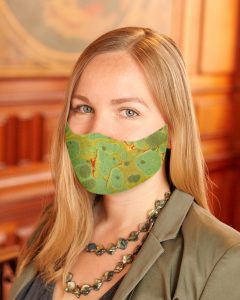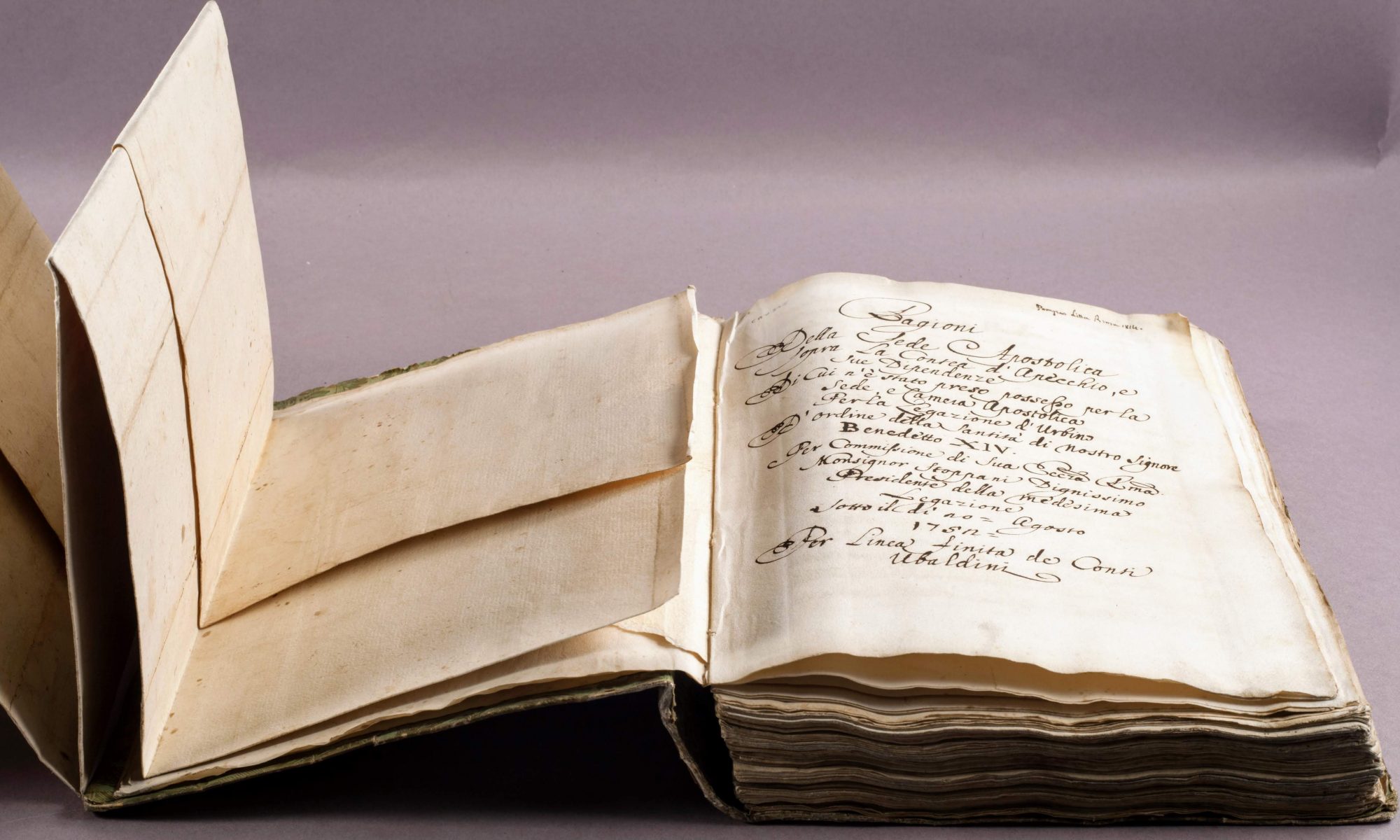Two Digitization Workflows, Both Alike in Dignity, in Fair Preservation, where we lay our scene… it has been just over a year since the state of Illinois issued a stay-at-home order and we hustled to close our labs and offices to work remotely. COVID-19 had arrived regionally, and we departed the building for our homes in the spring. By mid-summer, we were starting to repopulate the library cautiously in limited numbers. We tested weekly, and then biweekly following campus SHIELD saliva testing protocols, and shipments in and out of the library followed quarantine restrictions to limit the chance of shared contact infections. As a non-public-facing unit, our work in Preservation Services could carry on in the background. Shortly after returning to the office, often on staggering shifts or as the only person in an area, we set to work supporting an experiment to provide digital first access to all general collection requests.
Here’s a conversation we had reflecting on the good that’s come out of all of this:
Will: My first thought when we started up with this was, how can we leverage existing digitization workflows to meet the needs of an extremely increased general collections patron request demand?

Rachael: I was optimistic, but uncertain of how we’d get up to speed and keep momentum, especially considering we were starting from a complete stop in services. I remember an early talk about what we were going to try to do with Kyle, Jennifer, you and Shelby about getting this going and feeling a bit like we had just come back from off season to a culminating test of skills and agility.
Will: After that, it was sort of setting up the parameters for items that we are unable to scan with any sort of fast turnaround time and thus would need to be sent to the locker pickup workflow. Initially it was very difficult to deduce what our capacity for scanning was with our existing infrastructure.
Rachael: I was glad to meet our colleagues Diane and Johna, who came to us from other library areas to help. Their willingness to learn how to use our equipment and adapted workflows as we started sorting out the day to day of hands-on digitizing of all the books has been a positive constant.
Will: A lot of this was taking old techniques and applying them in new ways with new people.

Rachael: I agree, I think the people aspect was a really big factor. We had people learning some fairly complex technical processes from scratch, and we improvised as we went. I was so thankful that came together and I remember Jennifer emphasizing the people aspect, a willingness for this experimental approach, and that came through for us. All the other things, that maybe were big hurdles, seemed smaller in comparison.
Will: We used and tried to investigate making do with what we had, pushing that to the limit, and learning that we really needed to scale up the DS side of things because our existing general collections digitization that I manage wasn’t built to have this quick turn-around time and scale – DS went from digitizing rare manuscripts to mass market paperbacks over the course of a month.
Rachael: Yes. It was interesting!
Will: With realized that with our on-site Internet Archive scanning center we would only be able to continue to scan content through them that is in the public domain. After some real quick calculations, we realized that out of all the requests items in the public domain accounted for only about five percent of the total, so that didn’t take a lot of the pressure off of Digitization Services. Nonetheless, the triage and digitization processes are always balancing acts, with the need for prompt turn-around times promised to patrons, what we could logistically handle. Our communication has always been more or less the following: what are we getting, what does the queue look like, how are we ensuring a balance of efficient delivery time and meeting needs for patrons? Except now the scale and turnaround time are both greatly expanded and expediated, respectively.
Rachael: Maybe to me this aspect is sort of game, keeping things balanced, or at least I’ve tried to approach things that way to stay energized – everything is so trying so coming back to the team vibes, after a year, it’s not the details I’m remembering most it’s getting to know the people involved.
Will: It has been interesting when what we do becomes the forefront of what’s needed, but that magnitude is not something we were traditionally equipped for… we’re used to being in the background and now we’re more public facing and collaborating with staff from all over. I think we’re certainly the better for it. This has been an exercise in opening up channels of communication.
Rachael: It’s been somewhat surreal, from the quiet first coming back to campus. At that time from being remote to in person I was still interacting remotely with Brynlee, Kim, Henry and Angela in a tiny unit that is used to a much different focus to fall and winter, now having more staff with help from great people like Christine and Tabby and shifting back to Special Collections support on a daily, which we kept working with on a much smaller scale but now a year later, getting back into a more regular schedule for.
Will: It’s been trying to meet a quantity, before the reigning paradigm was quality.
Rachael: Right, the needs of a general collections workflow are not the same as the needs of an exhibit in New York City being blown up 20 feet tall! Will you be glad to get back to normal or do you think some of this is here to stay?
Will: It will be interesting to see the role, with the new normalcy and increase comfort with remote work capacities, this injection of ideas about remote and online access to things will have, I don’t think it’s going away. It will always be lingering as people find new ways to approach usage. I would hope to some extent we take the spirit of collaboration and quick thinking that was developed through this process and ensure that we sort of continue to meet shifting patron needs.
Rachael: Quick thinking and support from the library for our small area here in DS to step up to this challenge, was so impactful. I’ve enjoyed the interpersonal aspects helping this effort. We were a small existing team in DS, and now we have new people in DS. Shelby was fairly new, and working with you both from across the hall, and all these new professional relationships has been a really great outcome.
Will: It’s exciting to see our initial ad-hoc and frankly cobbled-together experimental workflow become a much more defined and collaborative institutional procedure and policy working in concert with departments across the library. That’s been good to see. I’m really proud of everything not just our digitization staff have accomplished, but staff across the library as well, to meet this unique challenge and serve our patrons safely and efficiently.
Rachael: Agreed!
A special thanks goes out to Tabby Garbutt, who loaned us the opening line of this blog post and has the unique perspective of having worked on both workflows on this project, IA and DS!
